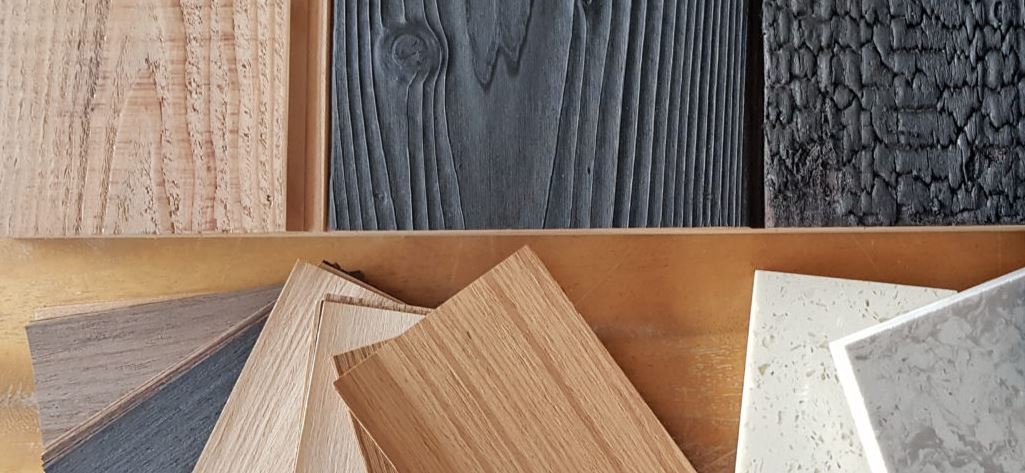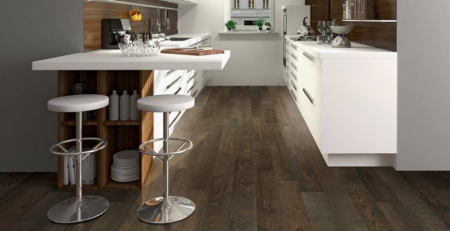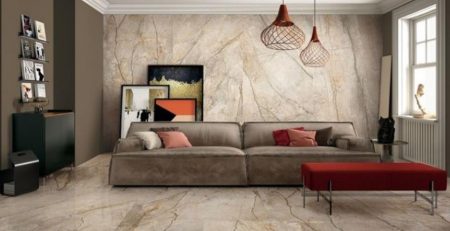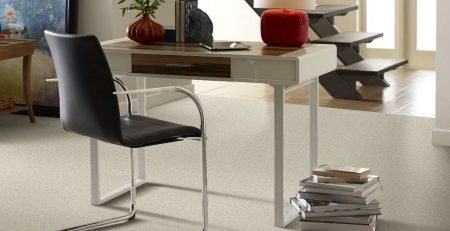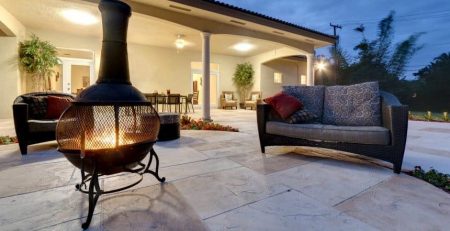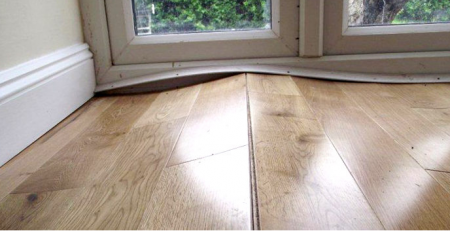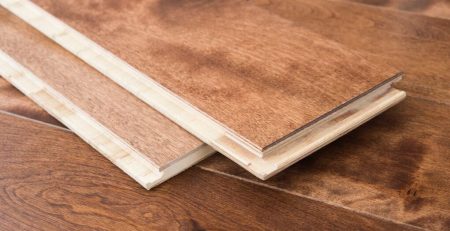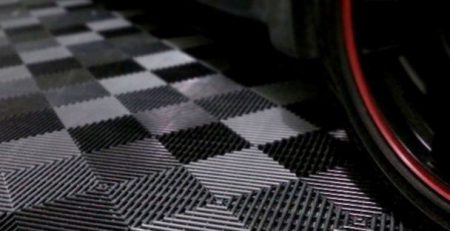Flooring installation to renovate your home: types of flooring for your home
When it comes to renovating a home, the part of installing new flooring tends to be very exciting, as this is an essential aspect of your home’s identity.
If you are planning to change your indoor flooring, you must know that there are many types in the market, different flooring materials, and different price and quality, so making a suitable choice could be a bit difficult.
Here we are going to show you the best indoor floors, with their advantages and disadvantages, so you can make a decision based on your criteria, the needs of your home, and the taste of choosing elegant and modern floors.
Types of flooring for your home
- Marble floors
These are natural stone floors, very common in spacious homes. They are highly appreciated, because marble is a noble stone with many aesthetic qualities, unalterable over time.
- Advantages: beauty, resistance and chromatic variety, something unique. Being a natural stone, all floors are different.
- Disadvantages: these are cold floors and need maintenance (polishing). Marble floors are delicate due to their high absorbency; they might get stains, so using them for kitchens is not always a good idea. They require specific products for cleaning.
This material is ideal against the test of time, besides being very elegant. It is an ideal floor for hot weather, as it always stays cool.
- Wood Flooring
Wood floors are warm and have unique aesthetics that imitate natural materials, which is why they remain as the material of choice when replacing floors in home renovations. The uniqueness of wood grain and knots, and the overall richness of nuances, means that no two wood floors are alike. They are the flooring of choice in many apartments, and in general for areas such as bedrooms, where we like to walk barefoot.
- Advantages: wood floors protect from cold and heat; these are comfortable and pleasant to the touch, and very hygienic, because they do not accumulate dust mites.
- Disadvantages: they are a bit more expensive than floors made from other materials, like vinyl flooring; wood flooring requires periodic maintenance and have high absorbency. Sometimes they do not stand well to sudden changes in temperature, but it depends on whether a good installation has been carried out.
- Ceramic floors
Ceramic or stoneware floors are a classic in the interiors of homes all over the world. There are ceramic tiles of different qualities, formats, finishes, and ways of laying. If you do not want to renew every few years, the idea is to choose ceramic floors in neutral colors and a classic format.
Ceramic floors are perfect for kitchens and bathrooms, although they are also recommended for houses at street level, villas and gardens.
- Advantages: they are very clean and easy to maintain, as well as being highly durable and very affordable.
- Disadvantages: they can be cold, and when the quality is not good, they are easily scratched and do not resist high impact shocks.
- Vinyl Flooring
Vinyl flooring has been a favorite in the last decade for its quality, versatility and price. This type of material can imitate wood, stone or clay and are excellent for resisting wear and tear.
These floors can withstand moisture in kitchens and bathrooms and come in a variety of colors and installation formats.
- Advantages: they are very easy to clean, and to install, and are way cheaper than wood. Vinyl does not discolor or deteriorate easily, and does not need to be scuffed, so if you choose a quality according to the use you are going to give to the floor, they can last a lifetime.
- Disadvantages: resistance to humidity is still one of the weaknesses of these floors, unless they are specifically designed for kitchens and bathrooms.
Other flooring materials for your home
Microcement or polished cement
If we talk about polished cement or microcement, we have to know that both are very similar aesthetically but have different characteristics.
In the case of polished cement, it can be applied on floors, walls, and countertops. On the other hand, it will be necessary to assess its suitability on radiant wire and the setting time.
As for microcement, it imitates polished cement and can be applied on any flooring, except on parquet and wood flooring. Its main advantage is in the color since the pigment is incorporated in the powder, allowing it to obtain the desired tones.
Both materials, as long as they are installed correctly, do not crack or fissure, are waterproof, and non-slip in most cases.
We hope our recommendations will be useful for when you want to renovate the floors in your home and remember to call us, we are in Philadelphia ready to give you the best quality service.

